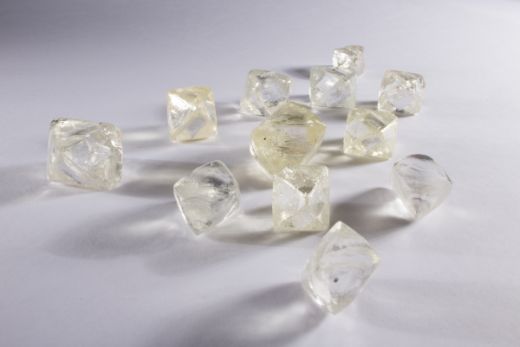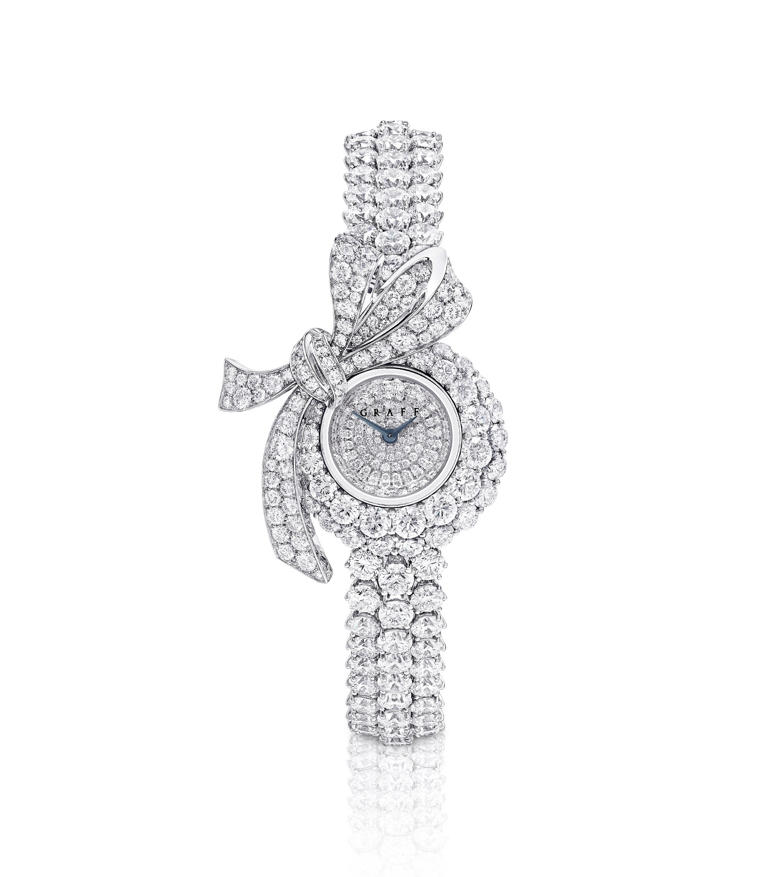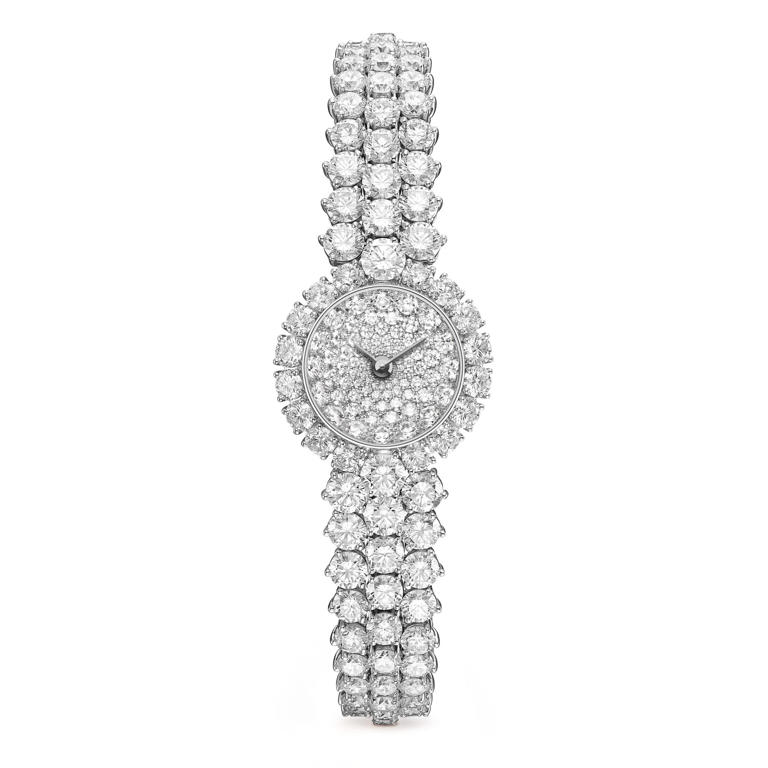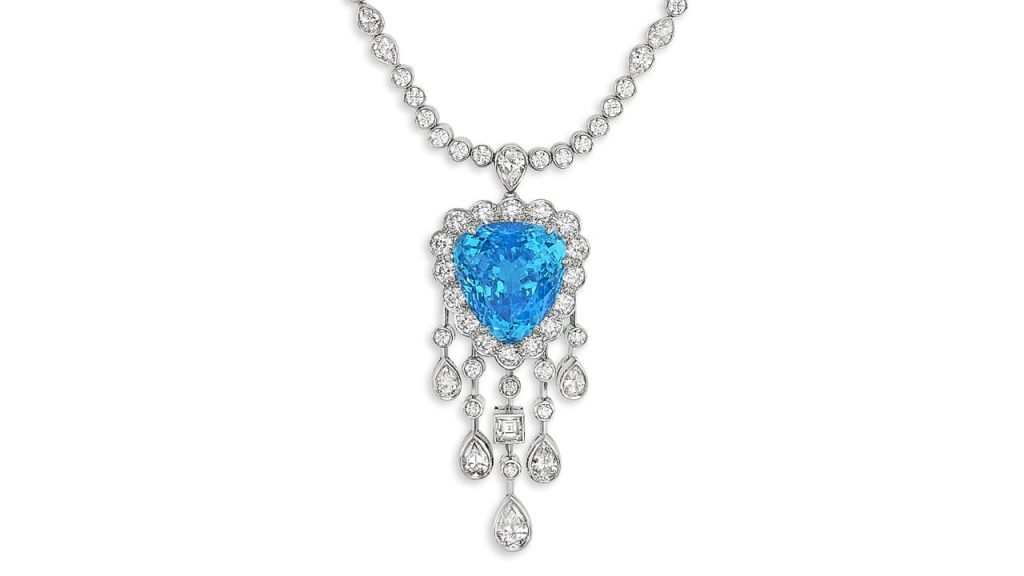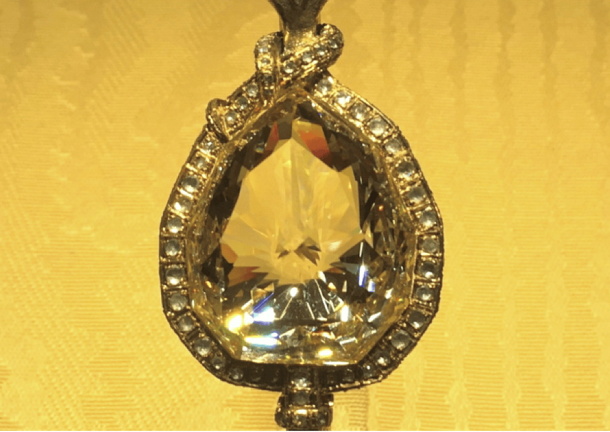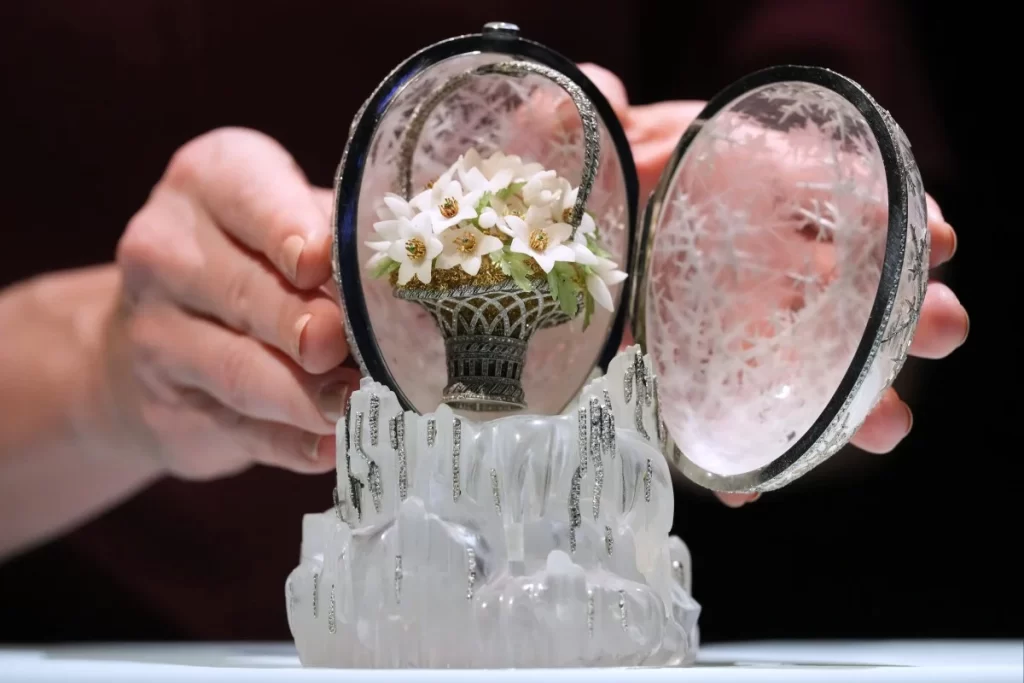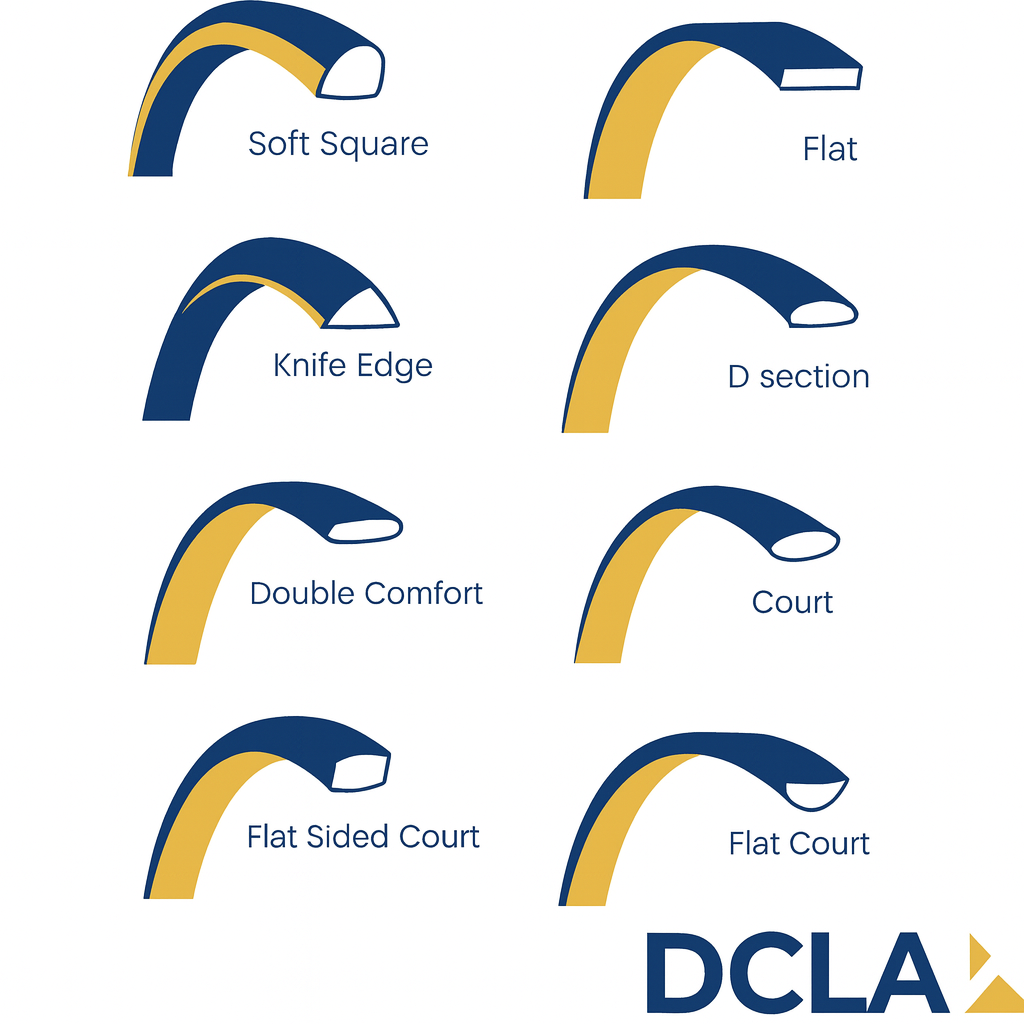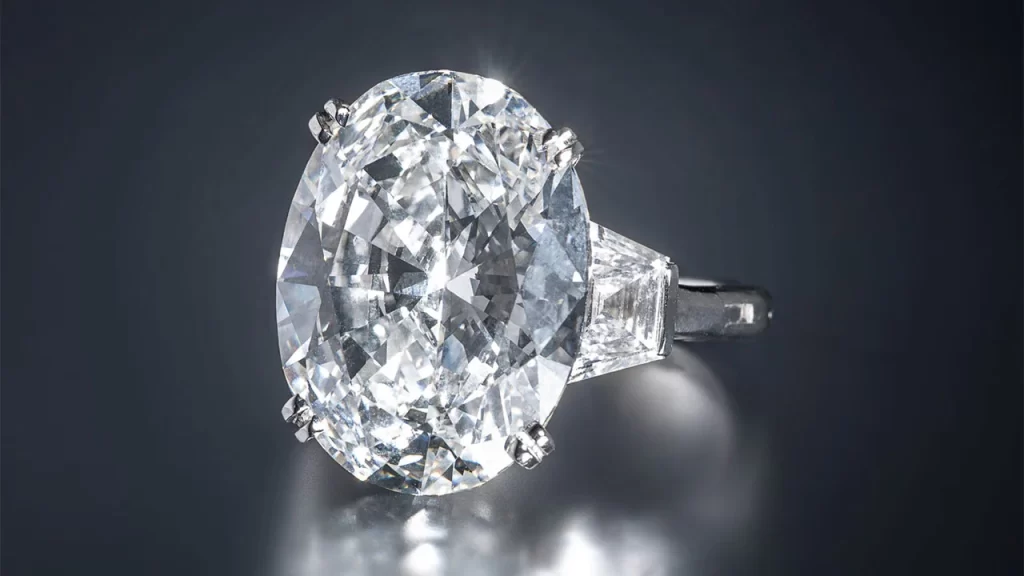
A spectacular Graff diamond ring emerged as the star lot at Freeman’s recent Important Jewellery auction in New York, achieving USD $368,800 and surpassing its upper estimate of USD $350,000. The result made it the top-performing lot of the sale.
The auction, held on 11 December, realised a total of USD $4.5 million, with an impressive 91% sell-through rate, underlining continued demand for high-quality signed and gemstone jewellery.
The headline Graff ring features a 13.11-carat oval brilliant-cut diamond, graded H colour, VS1 clarity, flanked by two shield-shaped diamonds weighing approximately 0.95 carats each. The sale also saw strong results for pieces by Bulgari, Tiffany & Co. and Cartier, reinforcing buyer confidence in established luxury maisons.
Commenting on the outcome, April Matteini, Head of Freeman’s Jewellery Department, noted that the final jewellery auction of 2025 delivered a USD $1 million year-on-year increase, marking another milestone in the auction house’s second year at its Upper East Side gallery.
Other Top Lots from the Sale
- 17.13-carat Diamond Ring
A ring centred with a round brilliant-cut 17.13-carat diamond, graded N colour, VS2 clarity.
Final price: USD $178,300
Estimate: USD $150,000 – $200,000 - 12.32-carat Diamond Ring with Trillion Accents
Featuring a round 12.32-carat diamond, graded L colour, VS2 clarity, set between two trillion-cut diamonds.
Final price: USD $171,950
Estimate: USD $100,000 – $150,000 - 10.02-carat Oval Diamond Ring
An oval modified brilliant-cut 10.02-carat diamond, graded K colour, SI1 clarity, surrounded by round diamonds, with baguette-cut diamonds lining the shank and band.
Final price: USD $114,800
Estimate: USD $80,000 – $120,000 - Tiffany & Co. Paraiba Tourmaline Ring
Set with an oval 4.36-carat Paraiba-type tourmaline from Mozambique, encircled by a halo of round diamonds totalling 0.61 carats.
Final price: USD $95,750
Estimate: USD $50,000 – $80,000
The results once again highlight the market’s appetite for exceptional diamonds, signed jewellery and rare coloured gemstones particularly when quality, provenance and craftsmanship align.

